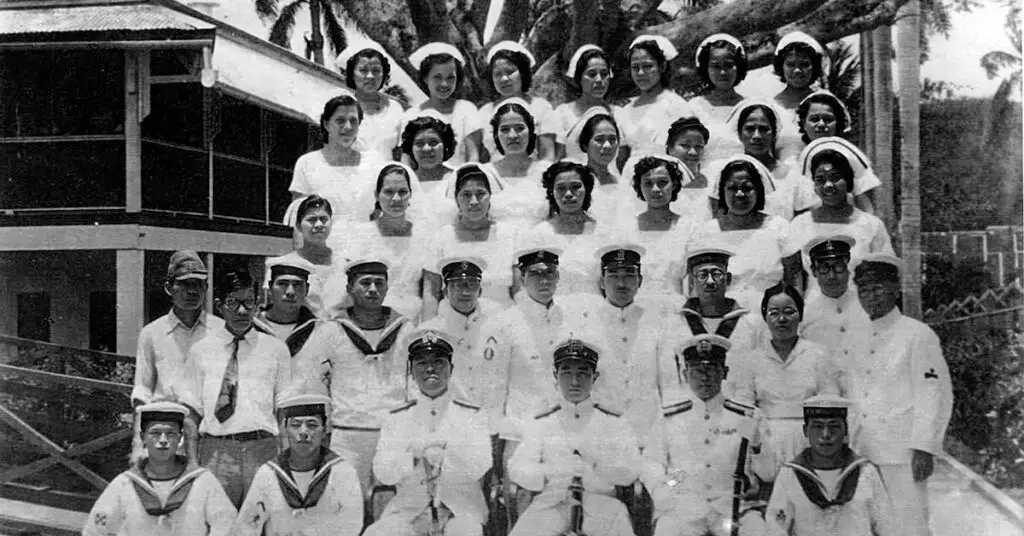Health Services During WWII

Left to fend for themselves
No official records of health activities during the Japanese occupation are known to have survived World War II. Although health services were offered free-of-charge to civilians who came to the hospital, many were reluctant to do so except in dire emergency.
That this period did not develop into one to be noted for particularly poor health may perhaps be attributed to several factors:
Vaccinations
The Americans had been enthusiastic vaccinators and sufficient “herd immunity” may have been established to protect the population against many diseases for the duration of the occupation.
Health education
Most residents of the larger villages left their town homes to live on relatively isolated ranches. Although sanitary facilities there were in many cases minimal, forty years of health education effort had provided at least the rudiments of the knowledge necessary to lead a healthful existence.
Trained Chamorro nurses and doctor cared for populace
The role of the native nurses who had been trained prior to the war was also particularly important during this period. By the time the nursing school was closed by the Japanese, there had been approximately eighty-to-nine graduates. The nurses together with a single CHamoru/Chamorro physician, Dr. Ramon Sablan Manalisay, (who was also the first Chamorro medical doctor) constituted the principal source of health care for the indigenous population of the island, numbering at that time about 23,000 persons.
Return to folk medicine
Among the myriad problems they faced, perhaps the most critical was a shortage of medicines. All drugs had been confiscated by the Japanese and although the nurses were, at times, able to smuggle medicine out of the hospital to aid sick people, they frequently had to resort to the use of locally available home remedies. This period saw a rebirth of the folk medicine art that earlier had been threatened with extinction by American naval policy.
For further reading
Haddock, Robert L. A History of Health on Guam. Hagåtña: Cruz Publications, 1973.
Time. “Guam’s Doctor.” 6 November 1944.
